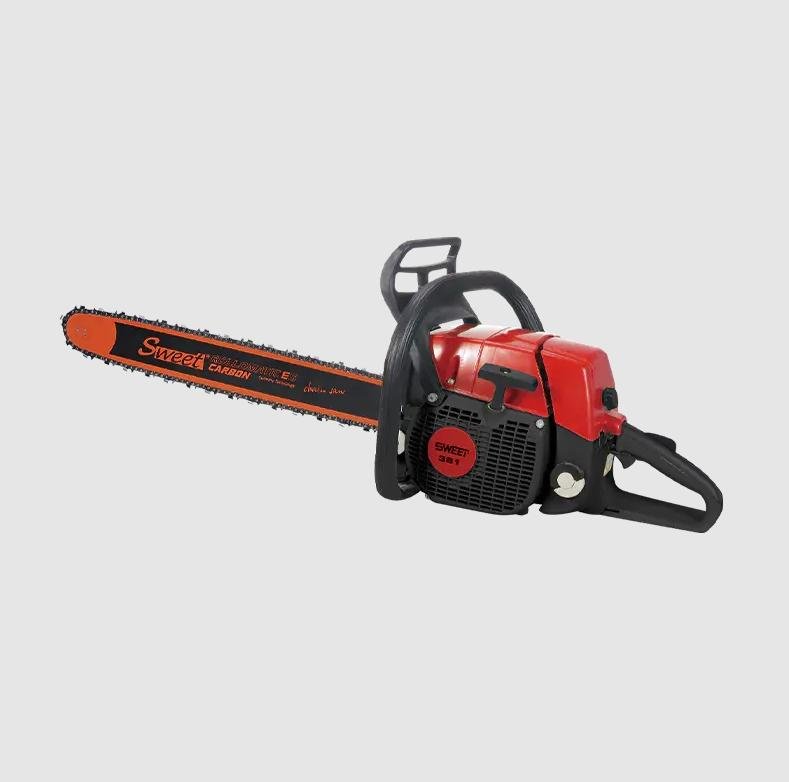Choosing the right starting system impacts user experience and tool longevity. The Gasoline Chainsaw Single Starter remains prevalent across various engine sizes, from compact 25cc models to robust 105.7cc units, but it’s not the only option. Understanding its position relative to alternatives helps users appreciate its role.

The primary alternative is the dual-pull or "twin-pawl" system, sometimes found on larger professional saws. This design uses two sets of engagement pawls and springs, theoretically distributing force and reducing pull resistance. While potentially advantageous for very high-compression engines, it adds complexity, weight, and cost. For many users, particularly those operating mid-range saws (45cc-70cc), the Gasoline Chainsaw Single Starter offers sufficient starting power without the added bulk or potential for dual-component failure.
Compared to electric starters (found on some stationary equipment or hybrid tools), the Gasoline Chainsaw Single Starter requires no battery, eliminating concerns about charge depletion in cold weather or remote locations. Its purely mechanical nature ensures operation regardless of ambient temperature or humidity, a critical factor for outdoor power tools used in diverse environments. Simplicity also translates to lower manufacturing costs and weight savings, directly benefiting the end-user.
Key factors influencing starter choice include engine displacement and compression ratio. Smaller engines (25cc-40cc) almost universally use the Gasoline Chainsaw Single Starter due to lower resistance. Mid-range saws benefit from optimized single-starter designs incorporating features like decompression valves to ease pulling. Larger professional saws (80cc+) may use dual systems, but advancements in single starter efficiency and decompression technology mean many high-displacement models still rely effectively on a single robust mechanism.
Ultimately, the widespread adoption of the Gasoline Chainsaw Single Starter underscores its balance of reliability, weight efficiency, and cost-effectiveness for the majority of applications and user needs.

